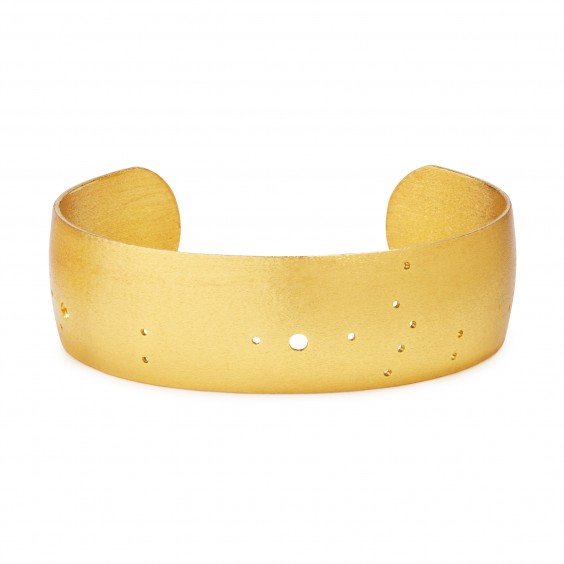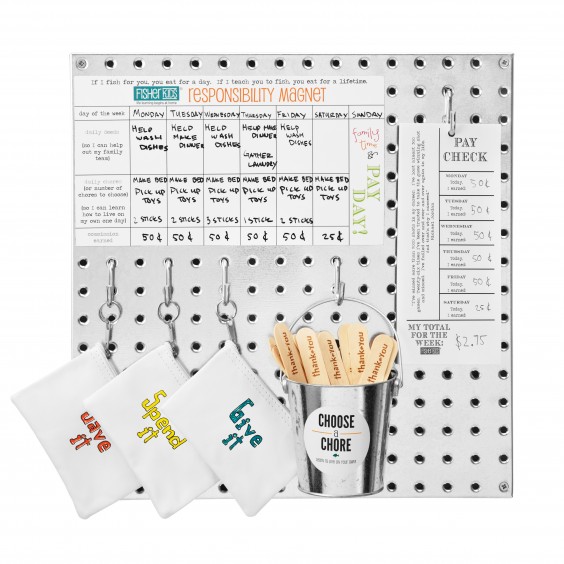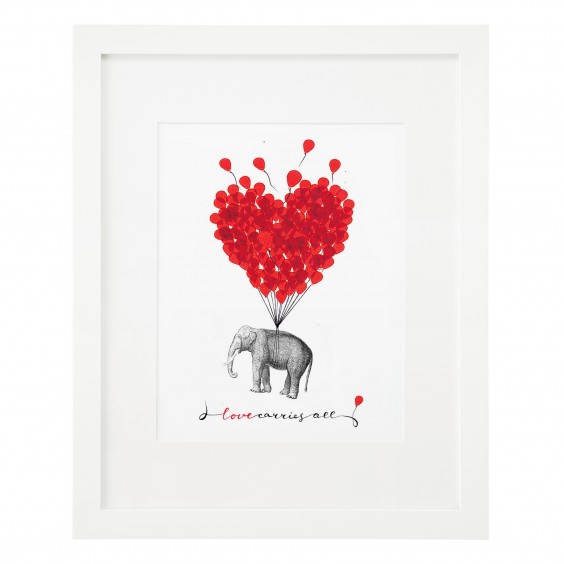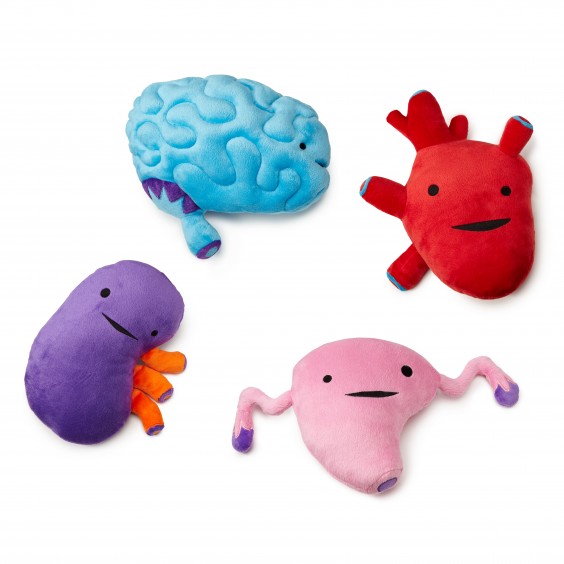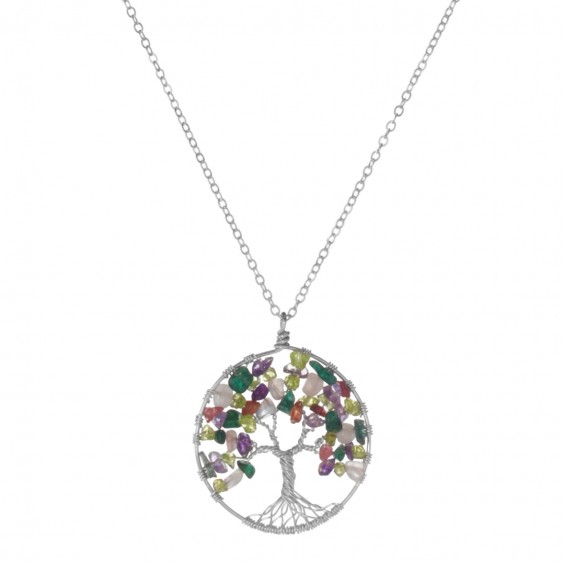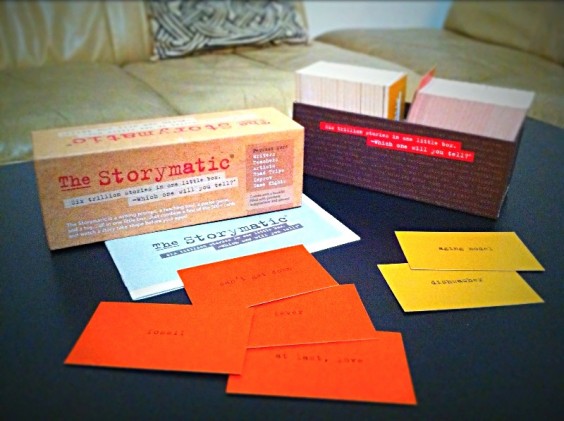In 1886, a young stamp collector in Sweden was looking through old letters in his grandmother’s attic when he made a promising discovery. It was a 3 skilling (equivalent to 3 cents) stamp from the country’s first run of postal stamps thirty years earlier. He quickly sold it to a collector, who was puzzled by the stamp’s yellow color: the 3 skilling denomination was supposed to have been printed in blue-green ink, with yellow being used for the 8 skilling version. Over the years, it became clear that the misprinted yellow stamp was the only surviving one of its kind, and its price skyrocketed accordingly. In 2010 it was purchased by an anonymous buyer for “at least” $2.3 million. That means the going rate for that little slip of paper is approximately $2.55 billion per ounce! Compare that with an ounce of gold, which on the same date was selling for a mere $1,180.
Leave it to the ancient Greeks, those innovators in so many areas of knowledge, to also make great advances in the philosophy of excuses. The scholar Zeno of Elea proposed the following paradox: Imagine you are traveling from point A to point B. First you travel half the distance, then half the remaining distance, then half the remaining distance, and so on. That means that, logically speaking, it is physically impossible for you to complete the trip. The same reasoning holds true for completing homework, cleaning bedrooms, washing dishes, etc. After first presenting this mind-twisting paradox, Zeno must have been disappointed by the response of Diogenes the Cynic, who disproved Zeno’s conclusion simply by standing up and walking across the room.
That sweet, heart-shaped candy you’re about to pop in your mouth has a history that dates back over a hundred-and-fifty years. In 1847, an English immigrant named Oliver Chase invented a press that cut out candy discs called “hub wafers.” Not to be outdone, Chase’s brother Daniel invented a machine that stamped messages directly onto the candy. Initially, the younger Chase’s conversational confections were cut into “cockles”—a scalloped shell shape that was large enough for a brief message. His company went on to produce candies in the form of horseshoes, baseballs and more, until finally, in 1901, the now-familiar heart shape appeared. It has been sweetening Valentine’s Days ever since.
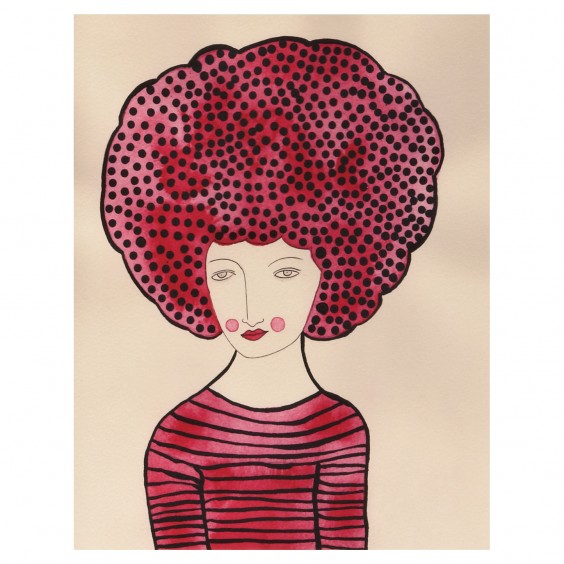
Archeologists certainly do. The Red Lady made her social debut in 1823 when she was discovered by Rev. William Buckland as he explored a network of limestone caves in Wales. Part of an ancient, ceremonial burial site, her skeleton lay coated in red ochre, a claylike pigment, accompanied by seashell necklaces and carved mammoth ivory. The first human fossil ever discovered, she still managed to hide her age quite well: Buckland estimated her to be from the first century Roman occupation of Britain, but radiocarbon dating now shows she lived in the Paleolithic era, around 33,000 years ago. The Red Lady also kept a secret from the man who discovered and named her: she was actually a male.
A Valentine heart may symbolize romance, but advances in medical science have revealed that the path to true love lies directly through the brain. When you feel that first delightful rush of attraction toward someone, you can thank the ventral tegmental, part of the brain which pumps out dopamine and other feel-good hormones that make your body buzz. As you realize this attraction is growing into something more lasting than a crush, it may be a sign that your nucleus accumbens has begun producing oxytocin, a powerful component of emotional bonding. This is the same chemical that helps mothers bond with their babies. If all goes as planned in the relationship, love finally arrives at the caudate nuclei, twin regions of the brain in which are stored ingrained knowledge and habits, such as how to ride a bicycle. It is here in long-term storage that the thrill of love transforms into a lifelong romantic commitment.
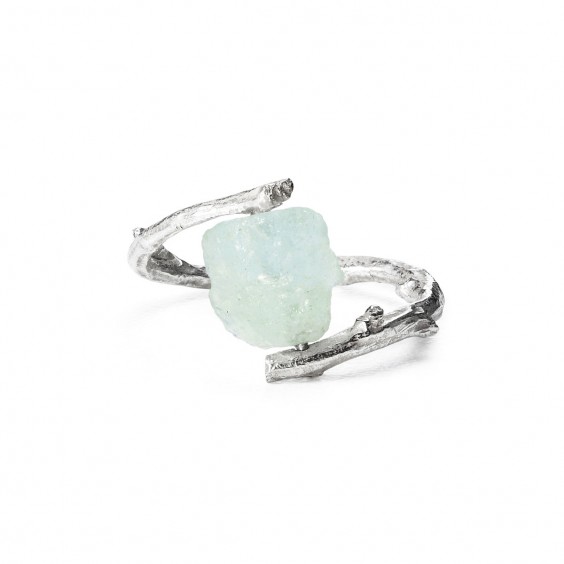
Sometime around 1650, French jeweler Jean-Baptiste Tavernier emerged from the Indian subcontinent with an exceptionally large, brilliant blue diamond. It was whispered that he had stolen it from the eye of an idol, and that the goddess’s curse followed all those who owned or wore the gem. In 1911, the New York Times published a lengthy list of those whose lives had been blighted by what had come to be known as the Hope Diamond: royalty deposed, reputations ruined, and many a grisly demise. Then, as now, this makes for an exciting story—which helped to drive newspaper sales, while raising the value of the diamond for its alive-and-well owners. In fact, with only a couple of exceptions, the diamond has been safely passed between nobles, collectors and socialites for three-and-a-half centuries, with each owner embellishing the jewel’s story to burnish their own reputation.
In the original version of familiar tale, six-year-old George Washington does indeed take his child-sized hatchet to the trunk of his father’s cherry tree—but merely succeeds in damaging it by cutting the bark away. Chopping the tree down makes a more dramatic story, and probably was added as the anecdote was passed from person to person, but the real twist is that it never occurred at all. The hatchet, the tree and the little boy who declared, “I can’t tell a lie,” were the invention of writer Mason Weems for his book A History of the Life and Death, Virtues and Exploits of General George Washington, published shortly after Washington’s death. Writing under the pen name Parson Weems (though not a real parson), he claimed the story was recounted to him by a (fictional) childhood acquaintance of the President. Truly an odd beginning for a fable about honesty.
Background Research
While I may be a mild-mannered writer for UncommonGoods by day… by night I’m a swashbuckling writer of Broadway musicals! Except for the swashbuckling part. And the Broadway part. But I do write musicals; you just haven’t heard of them yet.
Have you ever wondered why so many musicals are adaptations of a movie, or book, or something else? One reason is that writing a musical well is extraordinarily complicated, even without having to come up with a story from scratch. So writers like adapting existing material because it gives them a foundation on which to build.
The problem for new writers? That foundation can be pretty expensive — just imagine how much it costs to get a movie studio to agree to let you use one of their films! So as a writer, it would be a real asset to have a tool that helps me come up with exciting, original stories.
Hypothesis
Among our writing products at UncommonGoods, we have two that are specifically designed to help you generate stories. The Storymatic uses a large deck of cards with prompts on them, and Rory’s Story Cubes are a set of dice with evocative images on them.
One of my favorite games has picture dice like the Story Cubes, while on the other hand, I feel a little intimidated by the size of the Storymatic deck. So my hypothesis is that the Story Cubes will be my most effective story-making tool.
Experiment
Rory’s Story Cubes, $7.50
Using the Story Cubes is pretty intuitive. You open the box (which has a magnetic cover that swings open like a book) and inside is the set of nine dice. Dice are pretty self-explanatory: you simply roll them and see what turns up.
First to catch my eye are images of a fountain and a castle tower. I immediately picture the two together, in European style piazza where people chat and soak up the afternoon sunlight. There’s the image of a cane: I picture an old man who comes to sit by the fountain each day. Then there’s a strange image of arrows pointing out in all directions. I think, maybe the old man isn’t there today. Maybe someone is wondering where he is. I see the image of a lock—maybe someone locked up in the tower has been watching the piazza every day and realizes the man isn’t there.
I write the dialogue of a scene between two women up in the tower, and it comes pretty easily. One feels compelled to find what’s happened to the man, while the other tries to reason with her. The other dice images prompt specific lines of dialogue, or provide unexpected twists to the story that would be interesting to learn more about. The tone is mysterious, with a lot of room to spin the story into something longer.
The Storymatic, $29.95
The box holds two different colors of cards with words on them, and what looks like a pretty involved instruction book. Unsure what I’m supposed to do, I start reading the instructions and discover that the process is actually very simple. There are “gold” cards that show personal attributes that combine to form a character, and “copper” cards displaying plot elements. The instructions look long because contain a number of ways to use the cards, but they all basically boil down to this: “Draw a couple cards of each color. Build a story around them. If you get stumped, draw more cards.”
For my character cards, I draw “aging model” and “dish washer.” Awesome. I can picture a once-glamorous woman reduced to working behind the scenes at the kind of swanky establishment she once patronized herself.
My plot cards are “can’t get down” and “fossil.” Hmm. I started by thinking literally, imagining a kind of adventure story where she’s climbing a ladder and gets stuck, but finds a fossil. That didn’t really appeal to me. So I started thinking more figuratively. I thought, maybe she really wants to leave the kitchen and join an event happening below. I wasn’t sure if that was stretching “can’t get down” too far, but I was the only one playing, so no one complained. I pictured her boss, who has no sympathy for her, and thinks of her as a fossil. Between the two of them I could picture some good dialogue.
When I ran out of material, but still felt like there was more to the scene, I started drawing more cards. The first I drew was “midnight in a graveyard.” Yikes. Wrong story. At first I felt like I was obligated to find a way to use it anyway, but once again I realized that I was free to make my own rules, so I kept drawing. I drew “fever,” which prompted my ex-model to try an excuse to get out of work. “At last, love” was a tough one, but it prompted a great little sarcastic rant, spinning off the idea of “where have you been all my life?”
You can listen to my stories here:
Cinderella
Featuring the voices of Rinnell Curry & Brandon Chu
Rumpelstiltskin
Featuring the voices of Melanie Majewski and Cassie Tweten Delaney
Conclusion
In the end, both sets helped me create intriguing stories with lots of potential.
Rory’s Story Cubes is simpler and feels more like a game. I can picture using them with friends just for fun. You could also do them as a travel activity, using the box to hold them when you roll. Because all you’re given are pictures, I felt like these were really liberating.
Storymatic feels more specifically like getting writing prompts, but they’re really interesting prompts, and combining them creates a huge variety in the results you’ll get. Because what you receive is so much more specific, I ended up investing more thought into the process of making the pieces come together, which in the end resulted the script that I liked better of the two.
With the Storymatic I found myself thinking about my characters in greater detail, while with the Story Cubes I felt like I was able to move more quickly into the action of my story. Both are effective ways of starting out, and I will most definitely be using them again.

